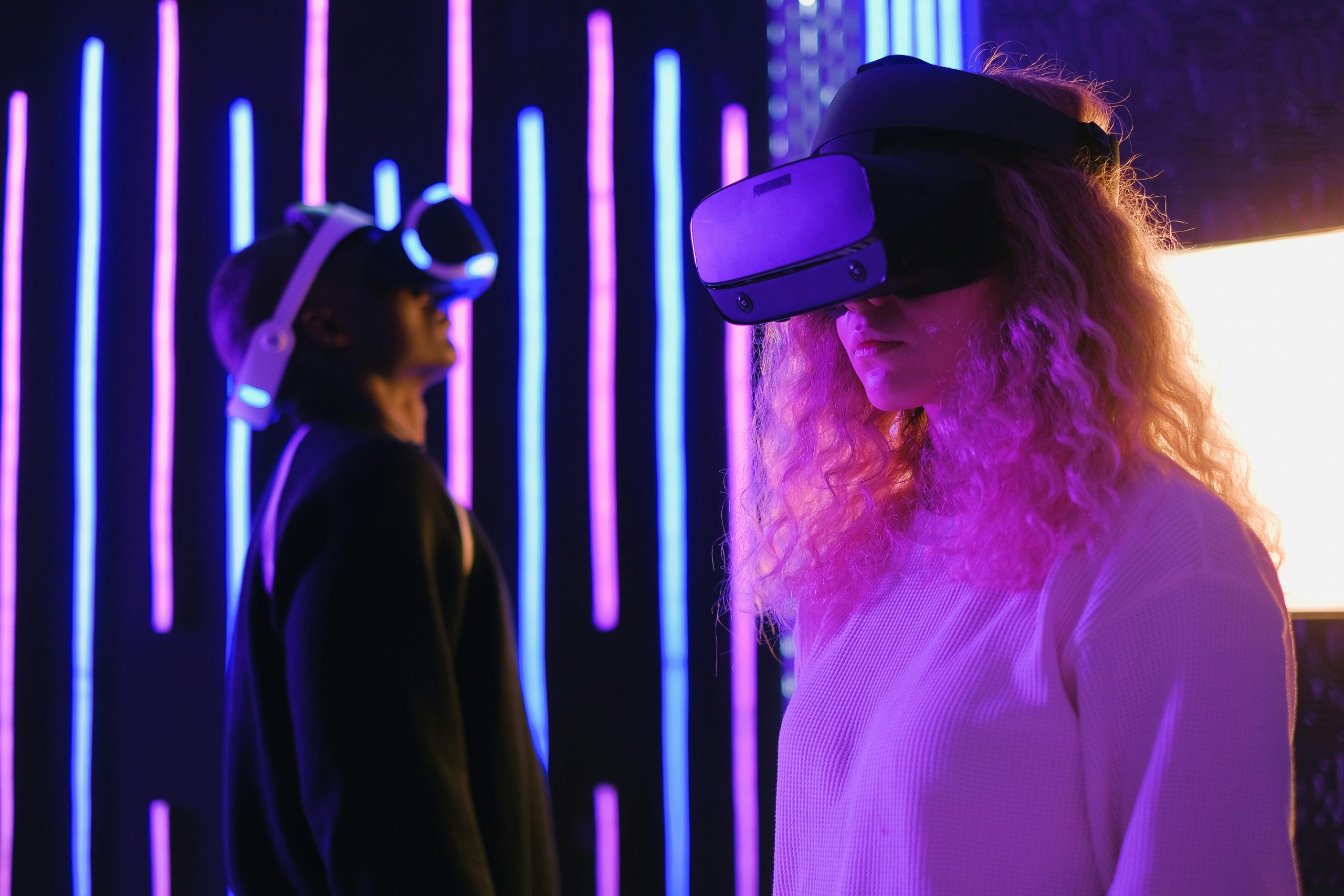Virtual Reality Headsets: Navigating the Immersive Digital Frontier
Have you ever dreamed of being able to step into a whole new world, to experience sights and sounds that you could never imagine? Virtual reality headsets make this dream a reality, immersing users into a digital frontier that is constantly expanding. With the rise of VR technology and its integration into various industries, it’s important to understand the ins and outs of these devices in order to make the most out of the immersive experience. In this article, we will navigate the world of virtual reality headsets and uncover the possibilities that they hold.
The Evolution of Virtual Reality Headsets
Virtual reality technology has been around since the 1960s, but it wasn’t until recently that it has become more accessible and mainstream. The first VR headsets were bulky and expensive, making them more of a novelty item than a practical device. However, with advancements in technology and the introduction of affordable options, virtual reality has become a promising platform for entertainment, gaming, and even education.
The Basics of Virtual Reality Headsets
At its core, a virtual reality headset is a device that creates a simulated environment through a combination of high-resolution displays and motion tracking sensors. By wearing the headset, users are able to feel fully immersed in this digital world, with the ability to look around and interact with their surroundings. The key to creating an immersive experience lies in the quality of these displays and sensors. The higher the resolution and accuracy, the more realistic the experience will be.
The Importance of Motion Tracking
One of the most essential components of a virtual reality headset is its ability to track motion. This is what allows users to move their head and have the visuals follow accordingly. Traditional VR headsets have been limited to rotational tracking, meaning the devices can only track movement as the user turns their head. However, newer models have introduced positional tracking, which enables tracking of both rotational and forward/backward movements. This makes the experience even more lifelike and immersive.
Types of Virtual Reality Headsets
There are various types of VR headsets available on the market, each with its own features and capabilities. The three main types are tethered, standalone, and mobile headsets.
Tethered Headsets
These are the most powerful and immersive VR headsets available. They require a high-performance computer to run and are connected to the computer by wires. The most well-known tethered headset is the Oculus Rift, which offers a wide field of view and high-resolution display. These headsets are perfect for gaming and professional VR experiences, but their price and requirement for a powerful computer make them less accessible for the average user.
Standalone Headsets
Standalone headsets, as the name suggests, are VR headsets that do not require a computer or console to operate. These devices have all the necessary hardware built into the headset itself, making them easy to set up and use. The popular Oculus Quest is a great example of a standalone headset, offering wireless freedom and a good balance between performance and price. They are perfect for casual gaming and entertainment, but their limited processing power makes them less suitable for more advanced VR experiences.
Mobile Headsets
Mobile headsets are the most affordable option and are designed to work with a smartphone. These headsets usually have a slot for users to insert their phone and use it as the display and processor. They provide a more basic VR experience compared to tethered and standalone headsets, but they are a great entry point for anyone interested in virtual reality. Users can choose from various mobile headsets, including Google Cardboard and Samsung Gear VR.
The Potential Applications of Virtual Reality
Virtual reality headsets offer more than just an escape into a new world; they have the potential to transform various industries and revolutionize the way we experience things. Currently, virtual reality is widely used in gaming and entertainment, but there are many other potential applications, such as:
Training and Education
Virtual reality has proven to be a valuable tool for training and education purposes. It allows users to practice and learn in a simulated environment that closely resembles the real world. From flight simulations to medical training, virtual reality can provide a safe and cost-effective way to learn and improve skills.
Tourism and Travel
In the midst of a global pandemic, virtual reality has become a popular tool for virtual tours and travel experiences. It allows users to visit destinations around the world without leaving the comfort of their own home. This has the potential to boost the tourism industry and provide accessibility for those who may not be able to physically travel.
Mental Health Treatment
Virtual reality has also been used in mental health treatment, providing a safe and controlled environment for patients to confront and overcome anxiety-inducing situations. This form of therapy has shown promising results, particularly in treating post-traumatic stress disorder (PTSD).
In Conclusion
Virtual reality headsets have come a long way since their inception, and they continue to evolve and improve. From entertainment and gaming to healthcare and education, the potential applications for this technology are endless. As we continue to navigate this immersive digital frontier, it’s important to understand the different types of VR headsets available and the possibilities they hold. It’s an exciting time for virtual reality, and we can only imagine what the future holds for this groundbreaking technology.










